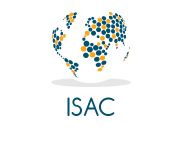The Spanish market has changed and is constantly changing economic circumstances produced in recent years has prompted the search for new markets.
Companies have shifted from serving local markets to operate in international markets.
ISAC SPAIN provides an opportunity for Spanish companies have the opportunity to meet and do business in Arab countries as it is a new developing market with great potential business.
ISAC SPAIN provides advisory services and consulting to businesses and position in the Arab markets with great potential.
Saudia Arabia
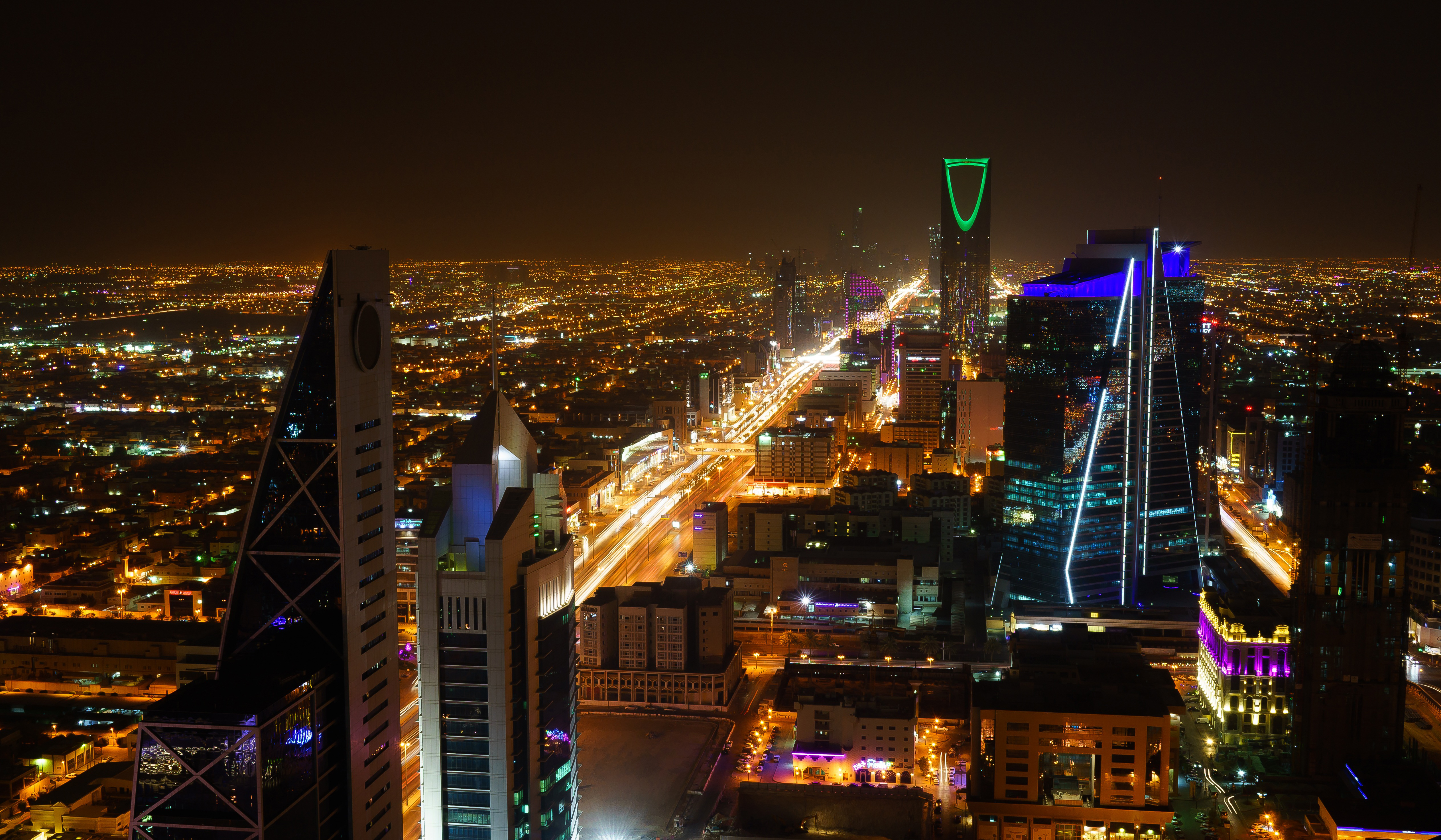
La economía saudí es la más grande de la región del Consejo de Cooperación del Golfo y teniendo en cuenta sus niveles de inversión, riesgo y comercio exterior, presenta una coyuntura más favorable que la de otros países de la región.
Proyectos:
The Saudi economy is the largest in the region of the Gulf Cooperation Council and taking into account their levels of investment, risk and foreign trade, has a more favorable situation than other countries in the region.
Projects:
1. King Abdullah Economic City (KAEC)
2. King Abdullah Financial District
3. Hail Economic City
4. Medina Knowledge City
5. Jizan Economic City
United Arab Emirates
The economy of United Arab Emirates (UAE) is currently the fourth largest oil producer in OPEC, with estimated reserves of 98 million barrels, which account for 10% of world reserves.
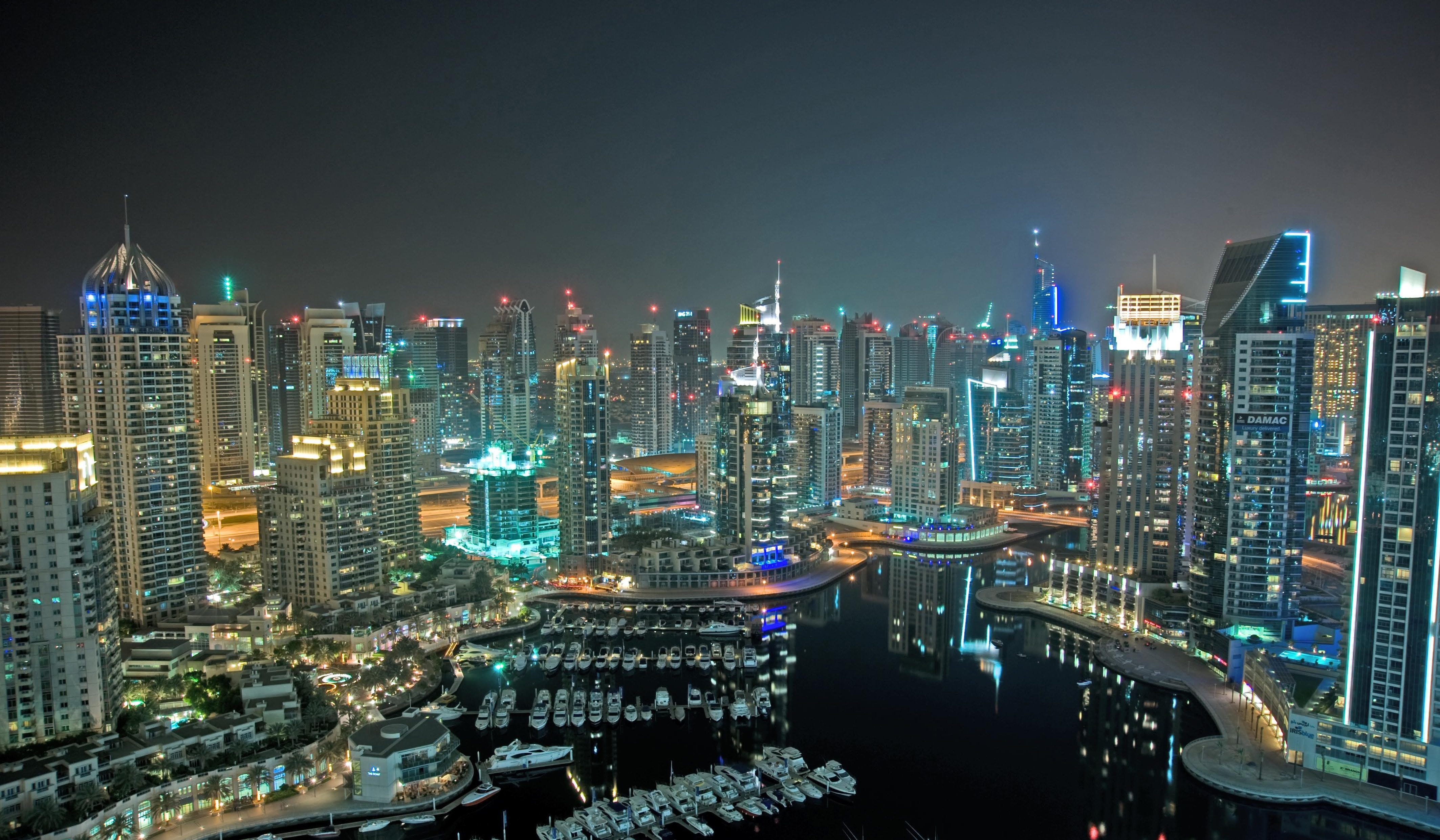
1. Dubai is the most populous city in the United Arab Emirates. It has diversified its productive and enjoy an open, competitive market. The government has made a major effort to develop an attractive business climate and an enabling environment for foreign direct investment.
2. Logistics and payment methods enhance their character agile market platform towards its neighboring countries.
3. Sets an interest market enjoys a strategic location, good sea and air, efficiency of its ports and airports, low storage costs and free zones.
4. Increased oil revenues produces a pulse of the real estate and consumption.
5. Prospects for increased trade with the European Union, through negotiation and launch of a free trade agreement with Gulf the countries.
6. Leads the economic development of the Gulf countries through projects that are configured as impressive hub of global business and tourism in the XXI century.
7. Dubai, in particular, stands out as the main distribution center for the Gulf region and their access to a market of 1,500 million consumers. It is the commercial, financial, logistics and tourism in the Middle East who lives Emirate of re-export, which is interest antísimo for companies exporting to this city and that their products can enter different countries via Dubai.
Oman
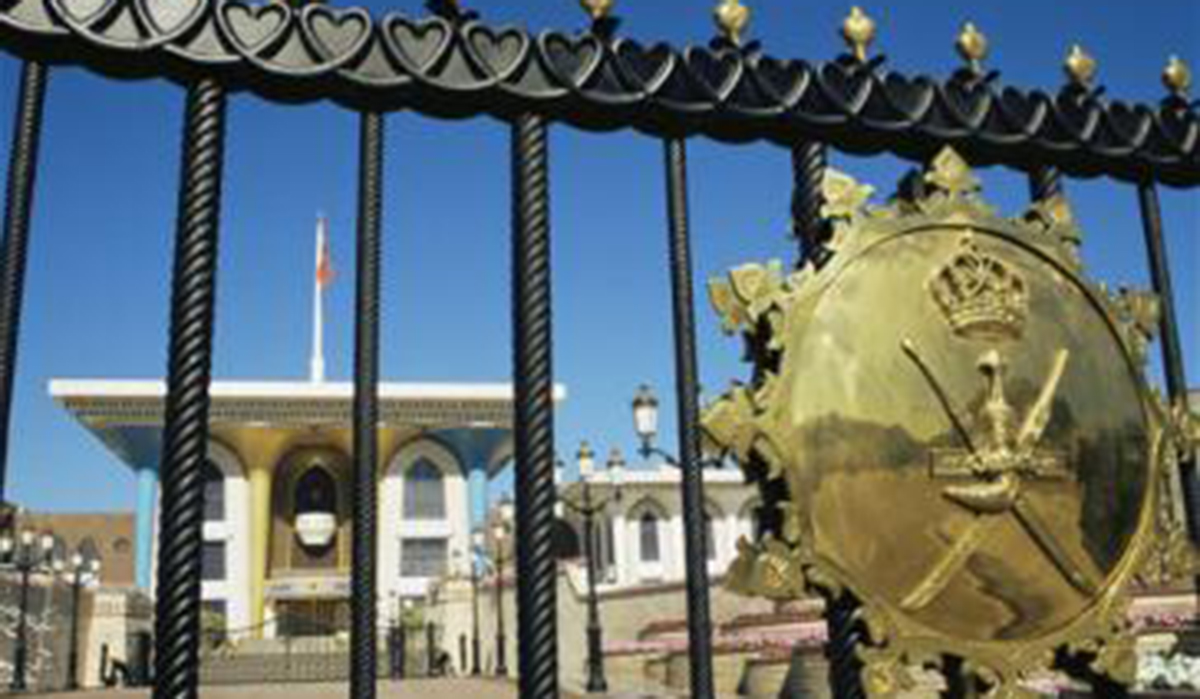
The Sultanate of Oman has an area of 309,500 km ² and a total population of 2,340,815 inhabitants, with an annual growth rate of 3.5%.
Oman actively seeks to attract foreign investors, especially in the sectors of manufacturing industry, tourism, education and information technology. The last transfer technology investments, create jobs and turn professional training equip Omani nationals are the most requested and supported by the authorities.
Business Opportunities in Oman:
1. In the electricity sector, the increase in electricity demand of both families of companies is the need to build new power plants. Also, the total dependence of gas and oil to generate electricity has led the government to seek new sources of generation such as renewables, coal or nuclear power. Within renewable energy is currently underway to build a solar concentration plant 50 to 100MW.
2. The development of urban and industrial areas in Oman involves the need to increase generation capacity by desalination water resources and the expansion of infrastructure for waste management.
3. In the construction sector, Oman is undergoing a process of developing its transport infrastructure. It may include the construction of industrial port of Duqm, which hopes to become the long term, a reference port worldwide, the development of the road network, with the aim of interconnect via toll road from the main urban country, and the improvement of air transport infrastructure.
4. Oman’s heavy reliance on food import and migration from rural to urban centers has led the Omani government to want to modernize the agriculture and fisheries sector. This is an opportunity both for companies wishing to export supplies and equipment as companies investing in fishing-fishing farms, aquaculture, and agriculture.
Algeria
Algeria is one of the wealthiest nations in Africa. It is a young country, which has grown from 28 to nearly 36 million people in less than 10 years, with great potential for growth and investment and consumption capacity.

Projects.
1. Desalination plants seawater.
2. Renewable energies, development of alternative energy sources solar energy, with 11,325 MW of installed power and the government wants to reach 15,000 MW in 2015.
3. Petrochemical industry.
4. The railway modernization from the point of view of infrastructure and rolling stock.
5. Roads both its construction and engineering.
6. Ports renovations and expansions.
7. Airports, from building new tracks through control towers.
8. In the field of waste.
9. Construction of universities, new towns, housing.
9. The construction of 19 new dams.
Libya
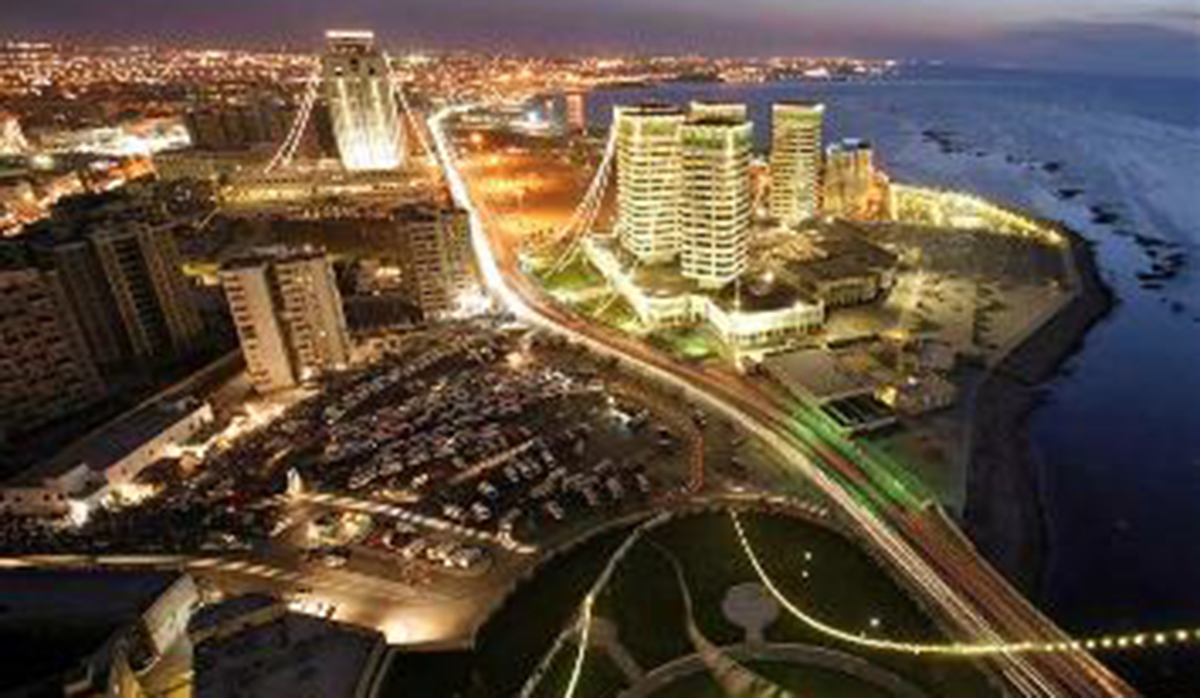
Libya's economy is one of the strongest in Africa, thanks to its large reserves of petroleum and natural gas of the highest quality.
The country is dependent on food imports over 75%, which was higher before major irrigation programs with Sahara giant fossil aquifers. A similar situation occurs in other production sectors except energy. Libya is a country with all kinds of needs, so that almost any business has opportunities in this market. Furthermore, this situation is reinforced by the country's image of Spain in the region.
